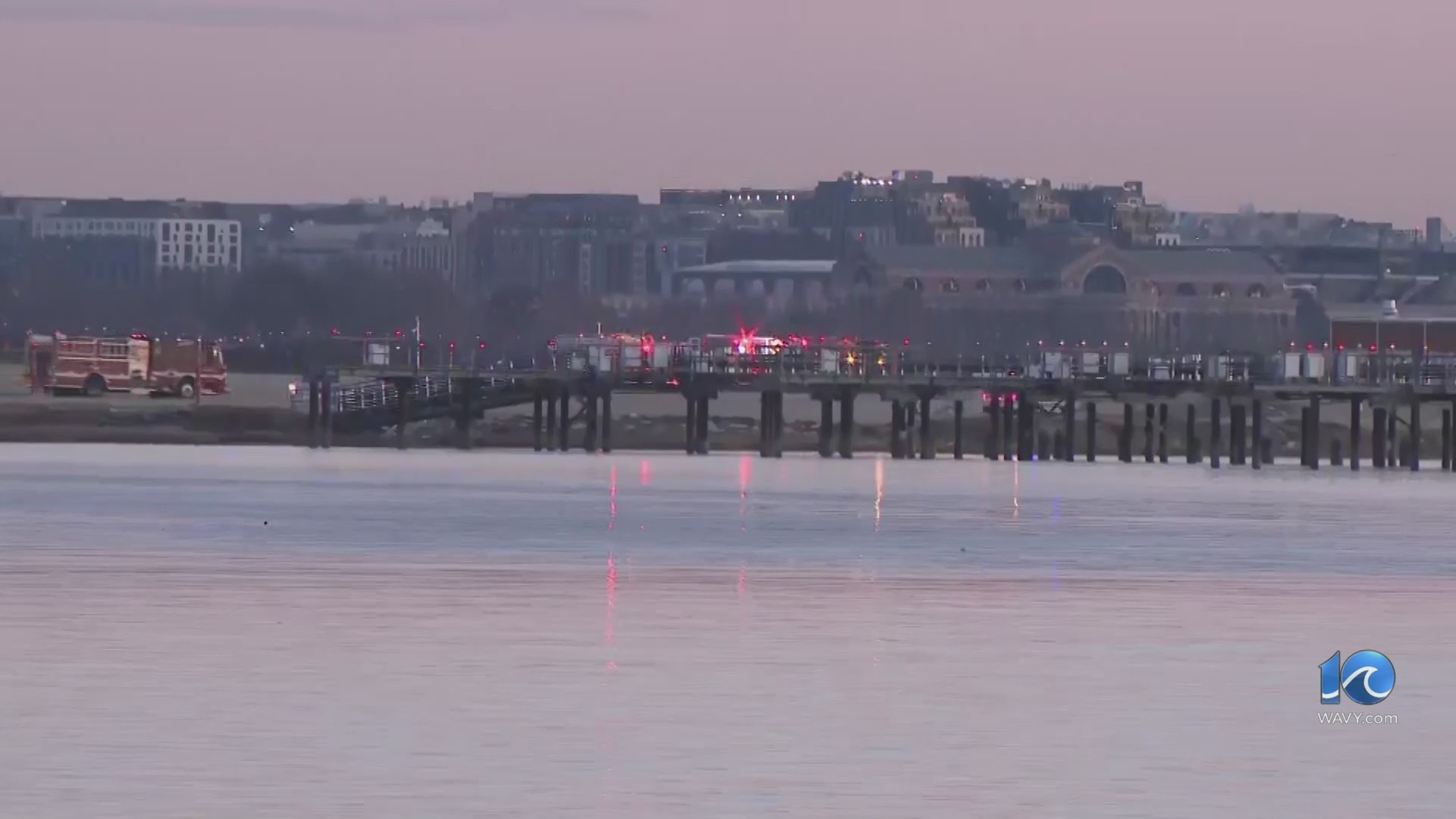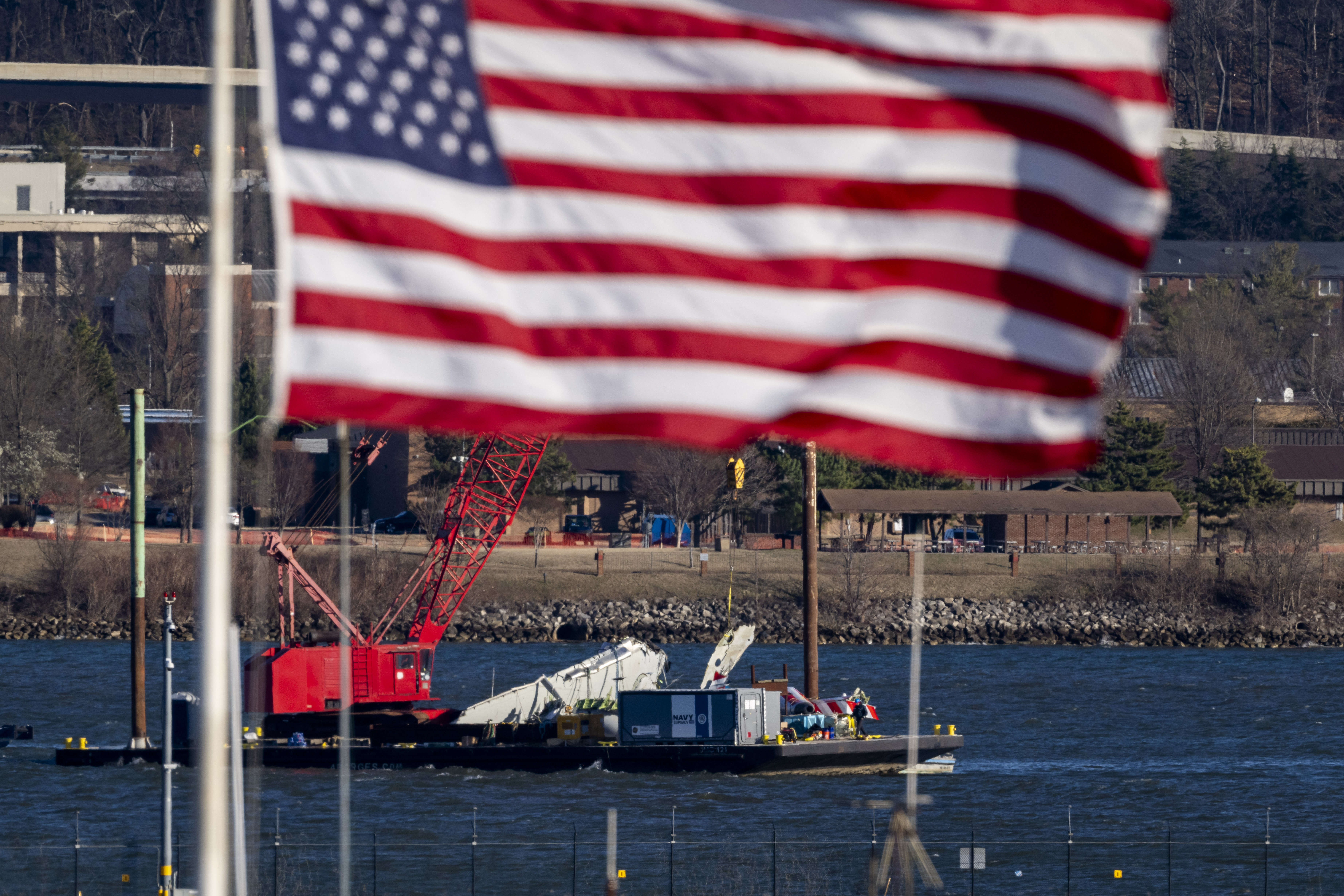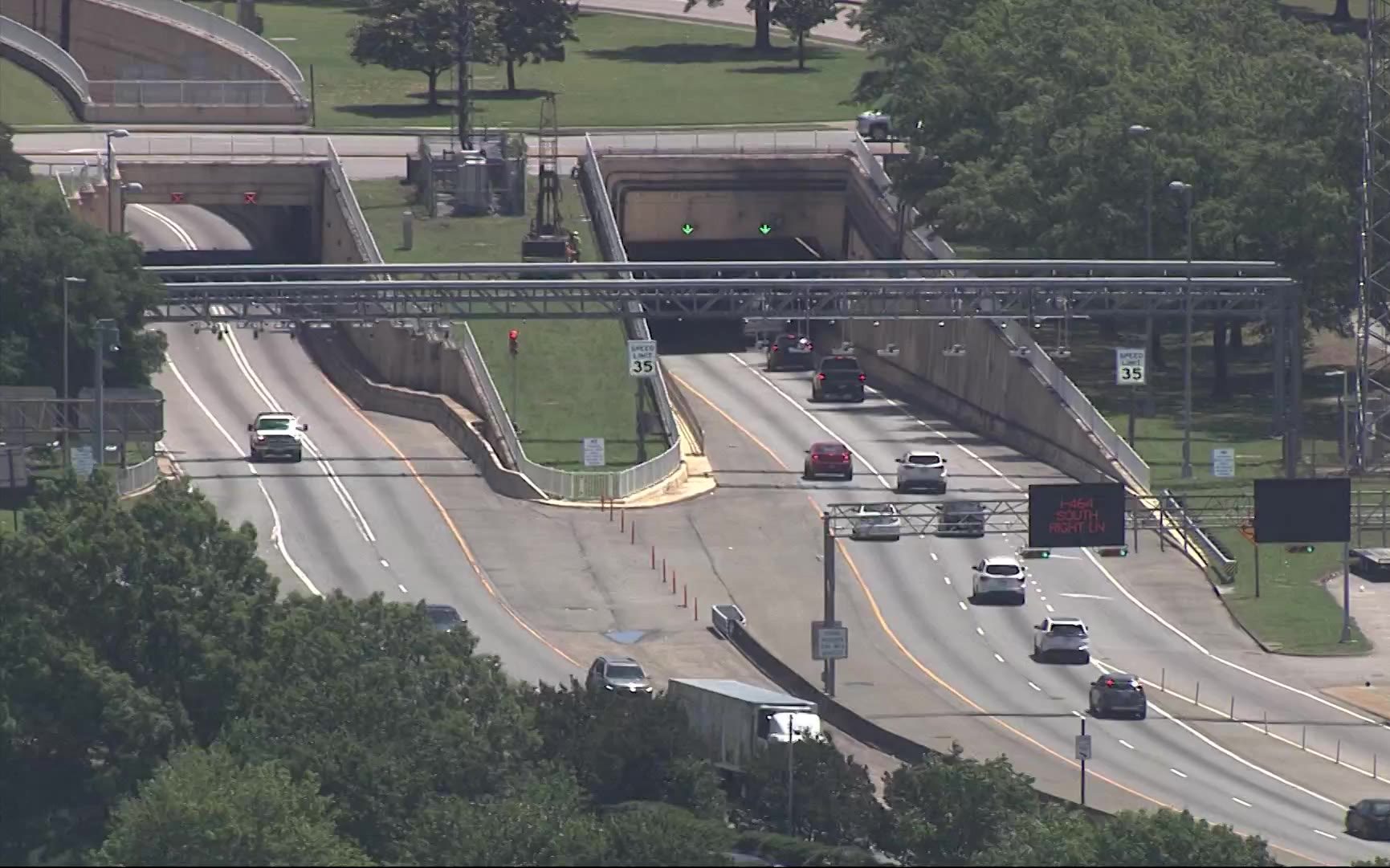PORTSMOUTH, Va. (WAVY) — Dominion Energy is still moving full speed ahead on the construction of the Coastal Virginia Offshore Wind (CVOW) project, even though President Donald Trump has ordered a review of all wind energy leases and a pause on the issuance of approvals, permits and loans for new ones.
A spokesperson for the project currently underway off the coast of Virginia Beach pointed to comments recently made by Secretary of Interior nominee Doug Burgum, who told a Senate confirmation panel that “if (offshore wind projects) make sense and they are already in law, then they will continue.”
Nevertheless, Trump’s order could jeopardize future offshore wind projects the public utility wants to pursue, as well as efforts to make Hampton Roads a hub for the industry.
Both opponents and proponents off offshore wind could agree that it’s too soon to know the exact impact of Trump’s order.
The executive order was among one of the first the President signed upon taking office.
He spent much time on the campaign trail mocking the industry, pushing unproven conspiracies that offshore wind is causing whale deaths.
The assessment of current leases like Dominion’s must consider the environmental impact of wind projects on wildlife, the economic costs associated with the intermittent generation of electricity and the effect of subsidies on the viability of the wind industry, the order states.
CWOW is a $9.8 billion effort, currently the largest offshore wind farm under construction in the United States, that Dominion says will reduce carbon emissions, power up to 660,000 homes and generate fuel savings of $3 billion for customers during the first 10 years of operation.
Dominion customers are projected to see an average monthly bill increase of $4.72 and a peak monthly bill increase of $14.22 in 2027 according to a report regulators.
Currently construction is nearly halfway complete. Nearly 80 monopile foundations and four offshore substation pin pile foundations were installed during the first installation season according to the company.
Large yellow transition pieces are now being installed at the site, 27 nautical miles offshore. They can be seen staging at the Portsmouth Marine Terminal.
Virginia’s clean energy transition and our ‘all of the above’ strategy, including Coastal Virginia Offshore Wind (CVOW), have been underway for several years under multiple state and federal administrations and with bipartisan support from policymakers at every level.
Bipartisan leaders agree it has been an economic boom for Virginia, creating thousands of jobs and stimulating billions in economic growth, while providing consumers with reliable and affordable energy. Leaders from both parties also agree on the importance of American energy dominance, maintaining our technological superiority, and creating good-paying jobs for Americans.
We’re confident CVOW will be completed on-time, and that Virginia’s clean energy transition will continue with bipartisan support for many years to come.
— Jeremy Slayton, Dominion Energy spokesperson
Gov. Glenn Youngkin, who has become a Trump ally, has publicly disagreed with the president on the offshore wind front.
He was front and center when South Korean-based LS GreenLink, a company manufacturing offshore wind transmission cables, announced they would be investing $681 million to build a facility in Chesapeake.
Friday, Patrick Shim, the managing director for LS GreenLink, said the executive order has not deterred plans to break ground on the facility in April.
“Our project will take around three-and-a-half years to build. By then, it will be near the end of Trump’s term,” Shim said. “We also have years of backlog work we will need to get done for our European markets as well.
Shim emphasized, however, that it’s American jobs and materials they will be using when they operate here.
There are some praising President Trump’s move.
Joe Bourne, part of the Protect Sandbridge Coalition, formed to push back against a plan to bring offshore wind transmission cables onshore in the Virginia Beach community, said this is some of what the community has been asking for.
“Slowing the process down, going through a more critical review, I think, will one, help us all get a better understanding of what are the true benefits,” Bourne said, “but also, what are the real costs? And, is this something we want to pursue as broadly as the prior administrations had been focused on?”
But Slayton said plans for the additional offshore wind projects are still years away.
“At this time, we do not have an estimated timeline or cost for development of either CVOW South or the new leasehold,” Slayton said. “Based on our most recent long-term planning document, if we pursued these projects, they are planned for the 2030s.”







